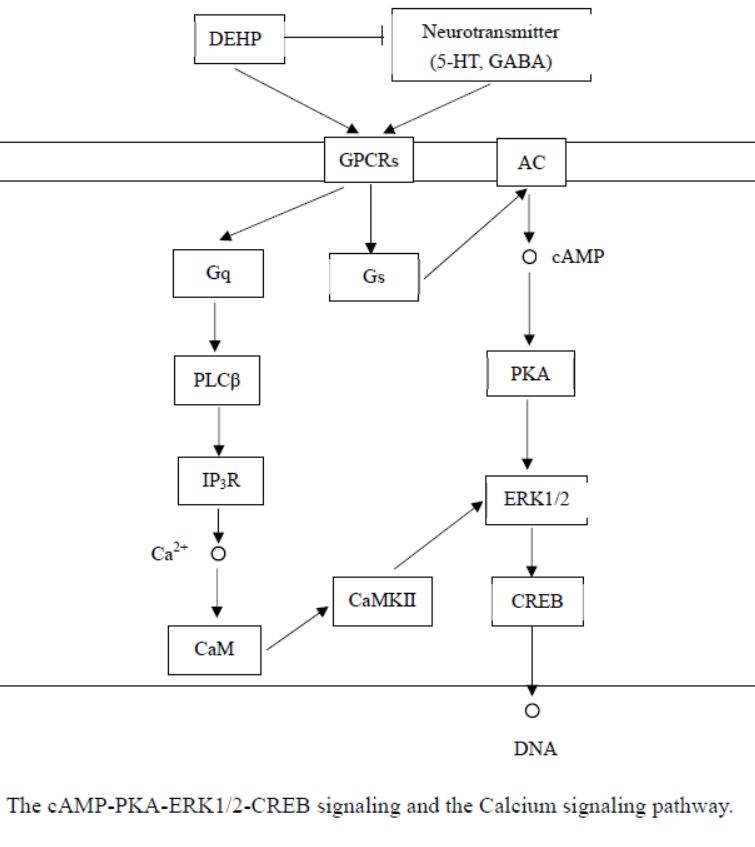Recently, a novel work named as "Typical neurobehavioral methods and transcriptome analysis reveal the neurotoxicity and mechanisms of di(2‑ethylhexyl) phthalate on pubertal male ICR mice with type 2 diabetes mellitus" was published in Archives of Toxicology (in recent five years, if = 5.609, top) by associate researcher Weiwei Feng in our institute. And our institute contribute the most in this work.
Type 2 diabetes mellitus (T2DM) has seriously threatened the health of adolescents. Epidemiological studies have shown that T2DM population is susceptible to environmental pollutants, and long-term exposure can significantly increase the risk of complications in T2DM population. Di - (2-ethylhexyl) phthalate (DEHP), as one of the organic pollutants of phthalate esters (PAEs), can harm human health. In this study, developing T2DM mice were used as the experimental objects, and the direct exposure model of developing type 2 diabetes mice was established to explore the neurotoxicity and susceptibility of DEHP exposure to developing T2DM mice, and the molecular mechanism of nervous system toxicity of DEHP exposure was elucidated by transcriptomics. The results showed that DEHP could significantly affect the motor ability, spatial learning and memory ability of developing T2DM mice, inhibit the activities of ache, GSH PX and SOD, and the secretion of neurotransmitters 5-HT and GABA, and produce nervous system toxicity. Further analysis showed that the developing T2DM mice were more sensitive to the neurotoxicity of DEHP than the healthy mice It is that DEHP exposure affects the neurotoxicity of calcium signaling pathway and camp-pka-erk1 / 2-creb signaling pathway related proteins in mice. This study can reveal the potential health risks of DEHP exposure to adolescents with T2DM, and provide scientific basis for protecting the health of this special population.
This work was supported financially by Specialized Research Fund for the Natural Science Foundation of China (81602889), China Postdoctoral Science Foundation (2017M611741), Jiangsu Province Postdoctoral Science Foundation (1701108B), Research Foundation for Senior Talents of Jiangsu University (15JDG146), State Key Laboratory of Environmental Chemistry and Ecotoxicology Open Fund (KF 2018-02) and Collaborative Innovation Center of Technology and Material of Water Treatment. Professor Wu Xiangyang and Professor Yang Liuqing are the first and second correspondents of the article.



